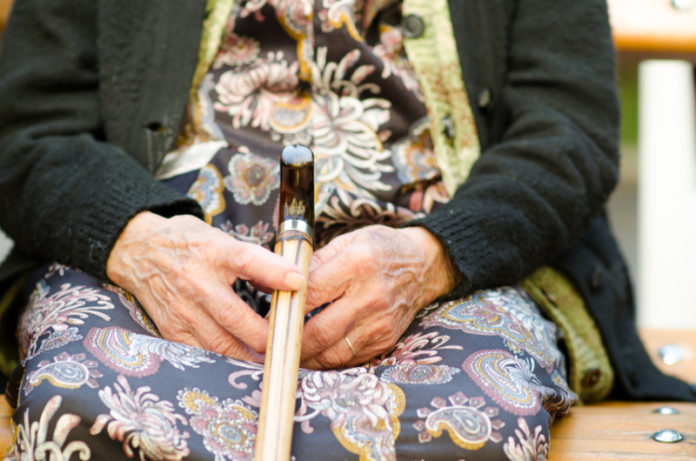
Scientists have discovered a skin test that may shed new light on Alzheimer’s and Parkinson’s diseases, according to a study released today will be presented at the American Academy of Neurology’s 67th Annual Meeting in Washington, D.C., April 18 to 25, 2015.
The study showed that skin biopsies can be used to detect elevated levels of abnormal proteins found in the two diseases.
“Until now, pathological confirmation was not possible without a brain biopsy, so these diseases often go unrecognized until after the disease has progressed,” said study author Ildefonso Rodriguez-Leyva, MD, at Central Hospital at the University of San Luis Potosi in San Luis Potosi, Mexico. “We hypothesized that since skin has the same origin as brain tissue while in the embryo that they might also show the same abnormal proteins. This new test offers a potential biomarker that may allow doctors to identify and diagnose these diseases earlier on.”
For the study, researchers took skin biopsies from 20 people with Alzheimer’s disease, 16 with Parkinson’s disease and 17 with dementia caused by other conditions and compared them to 12 healthy people in the same age group. They tested these skin samples to see if specific types of altered proteins were found — ones that indicate a person has Alzheimer’s or Parkinson’s.
As compared to healthy patients and ones with dementia caused by other conditions, those with both Alzheimer’s and Parkinson’s had seven times higher levels of the tau protein. People with Parkinson’s also had an eight times higher level of alpha-synuclein protein than the healthy control group.
Alzheimer’s disease is ranked as the sixth leading cause of death in the United States, and 5.4 million Americans are currently diagnosed with Alzheimer’s disease. Parkinson’s disease affects one million Americans, with at least 60,000 new cases reported annually each year.
“More research is needed to confirm these results, but the findings are exciting because we could potentially begin to use skin biopsies from living patients to study and learn more about these diseases. This also means tissue will be much more readily available for scientists to study,” said Rodriguez-Leyva. “This procedure could be used to study not only Alzheimer’s and Parkinson’s, but also other neurodegenerative diseases.”
The study was supported by the National Council of Science and Technology of Mexico.
Story Source:
The above story is based on materials provided by American Academy of Neurology (AAN). Note: Materials may be edited for content and length.
